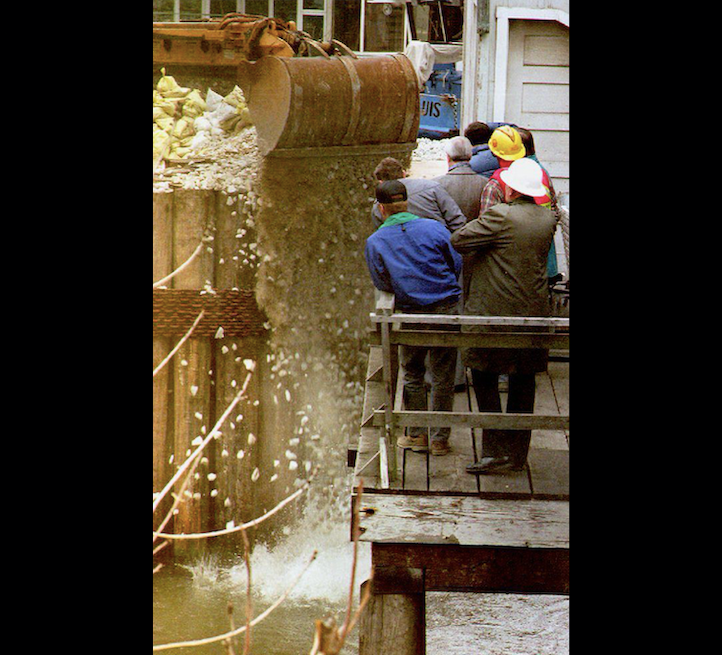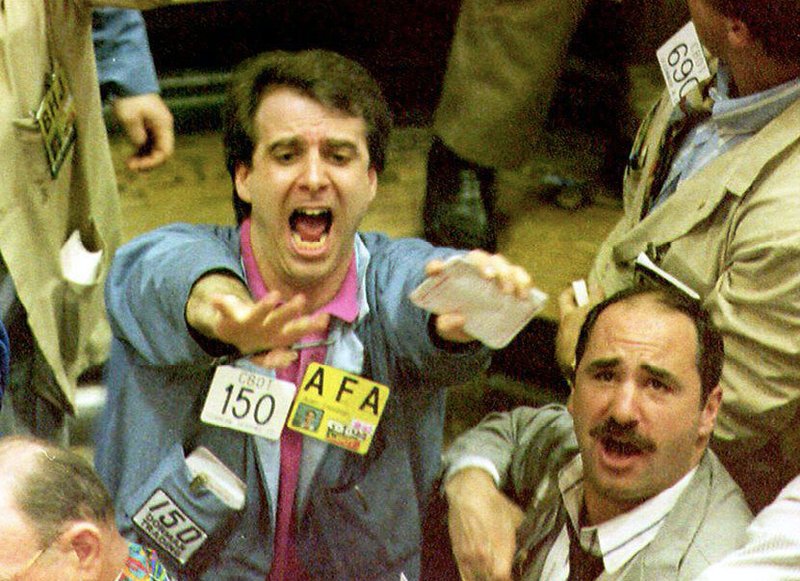
(WBBM NEWSRADIO) — Wednesday marks the 30th anniversary of one of the most bizarre disasters in Chicago history.
Crews working on the Chicago River near the Kinzie Street Bridge drove a wooden piling into the riverbed. The piling put pressure on hard clay and soil that eventually punched a hole in the wall of the old freight tunnel system.
The soil plugging the hole gave way on April 13, 1992, sending a torrent of river water into the tunnel — and into the basements of downtown office buildings.
The rising water led officials to cut power to most of downtown Chicago, sending office workers home at the end of the morning rush hour period.
Historian Bruce Moffat, who studied the history of the freight tunnels, said that meant people had to find an alternate way home because bus service through the Loop was curtailed, and the CTA subways were not running.
"People actually had to walk, in many cases, quite a distance to get to a commuter train, a bus, or rapid transit routes that were still running," Moffat said.
Downtown Chicago was effectively closed for three days while crews pumped water out of the freight tunnel system. The disaster and ensuing cleanup cost nearly $2 billion.

The flood became a worldwide story. It was even the subject of Gary Larson's Far Side newspaper cartoon, which depicted a relative of Mrs. O'Leary's Cow poking a hole in the freight tunnel.
Moffat said the flood was an invisible disaster.
"It was the flood no one could see. So, you're up on the street. The streets are great. Dry. The only thing you see is hoses, big fire hoses, and pumps everywhere pumping the stuff out of the basement.”
The city eventually installed watertight barriers in sections of the tunnel that crossed the river. The legal battle between city of Chicago and the dredging company that did the work on the wooden piling eventually made its way to the U.S. Supreme Court.

